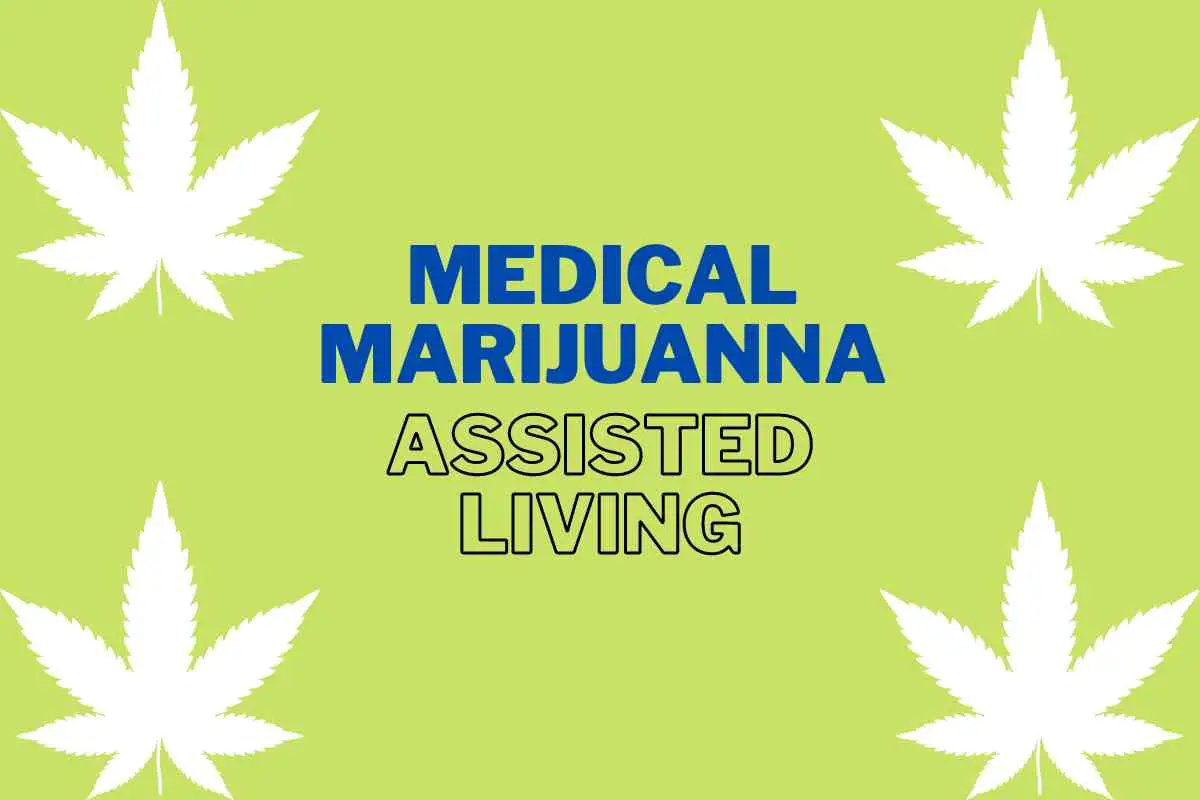The following article is not to be viewed or construed as medical advice.
Medical marijuana has become an increasingly popular treatment option for various medical conditions, including chronic pain, nausea, and loss of appetite. As a result, many assisted living facilities are beginning to consider whether to allow the use of medical marijuana by their residents.
This decision raises some important legal, ethical, and practical considerations for assisted living facilities.
The current state of medical marijuana in assisted living facilities
To say the least, the current status of medical marijuana in assisted living facilities is complicated. With the growing acceptance of medical marijuana for a variety of conditions, assisted living facilities are left to contend with the regulations governing its use.
Even if a physician recommends it, the use of medical marijuana by residents of assisted living facilities is illegal in the majority of states. Nevertheless, some states have begun to modify their laws, allowing assisted living facilities to establish guidelines for medical marijuana use.
Patients are typically required to acquire approval from their physician, purchase the product from a licensed dispensary, and store it in a locked container. These policies may vary from state to state. The current status of medical marijuana in assisted living communities is in a constant state of flux.
As more states legalize medical marijuana, assisted living facilities may be more willing to accommodate residents who desire to use it for medical purposes.
Benefits of medical marijuana for the elderly
Medical marijuana is gaining popularity among elderly patients seeking relief from chronic pain and other conditions.
Many seniors residing in assisted living facilities can find relief from pain and other symptoms of debilitating conditions through the use of marijuana.
According to some, medical marijuana is known to reduce inflammation, which can be particularly beneficial for elderly patients with arthritis and other joint-related conditions. There is even a soap bar that contains CBD if your pain is widespread. It can be purchased on Amazon here.

According to a number of sources, medical marijuana can also reduce nausea and vomiting, aiding those who have trouble keeping food down. Marijuana has also been shown to alleviate anxiety, depression, and insomnia, all of which are prevalent complaints among elderly patients.
In addition, medical marijuana is a safer alternative to many traditional medications prescribed to elderly patients. All of these advantages make medical marijuana an attractive option for assisted living residents seeking effective symptom relief.
Potential risks and dangers associated with medical marijuana
There are potential risks and dangers associated with using medical marijuana, as with any medication. Some of the potential risks and dangers include:
- It is important to remember that marijuana is still a federally illegal substance in the United States, and its use, sale, and possession are subject to legal penalties.
- Some people may experience adverse side effects from using marijuana, such as dizziness, drowsiness, and impaired memory and concentration.
- Using marijuana can impair your ability to drive or operate heavy machinery, and can increase the risk of accidents and injuries.
- There is a potential for marijuana to be abused or to become addictive, especially in people with a history of substance abuse.
- The long-term effects of marijuana use on the brain, particularly in young people, are not fully understood and may be harmful.
- It is important to use marijuana only under the guidance of a healthcare provider and to follow their instructions and recommendations.
It is also important to remember that marijuana can interact with other medications you may be taking and can have potentially dangerous effects. It is always best to consult a healthcare provider before using marijuana for any medical condition.
Best practices for managing medical marijuana in assisted living facilities
Managing medical marijuana in assisted living facilities can be a challenging but rewarding process. There are a few best practices to help ensure that residents receive the best care possible.
First, it is important to ensure that the facility has a clear policy on the use of medical marijuana. The policy should include a description of who is allowed to use it, how it is to be stored, and if there are any restrictions on its use.
Additionally, it is important to have a system in place to monitor the use of medical marijuana in the facility. This could include regular check-ins with residents and staff and tracking the amount of medical marijuana being used.
Additionally, it is important to ensure that the staff is well-trained in the use of medical marijuana so that they can provide appropriate care to those using it.
Finally, it is important to ensure that the facility is equipped with the necessary supplies and equipment to properly manage medical marijuana.
By following these best practices, assisted living facilities can ensure that their residents receive the best care.
Implications for healthcare professionals
Healthcare professionals are responsible for ensuring that patients receive the best care possible. This includes patients living in an assisted living facility and using medical marijuana to treat certain conditions.
Understanding the implications of medical marijuana use in assisted living facilities and the potential complications that may arise includes being aware of the possible side effects of marijuana use and the potential for dependence.
They must also be prepared to discuss the pros and cons of medical marijuana use with their patients and help them make informed decisions.
Healthcare professionals must also be aware of the laws and regulations surrounding medical marijuana use in assisted living facilities. It is important to ensure that patients are in compliance with the laws and regulations and that they do not inadvertently put themselves or others at risk.
With the correct information and guidance, healthcare professionals can ensure that their patients receive the best care possible.
Conclusion
Assisted living facilities across the country face a unique challenge regarding medical marijuana use by their residents. On the one hand, 36 states have legalized medical marijuana, and the Department of Justice has issued a memo stating that it will refrain from marijuana prosecutions in those states.
On the other hand, marijuana remains a Schedule I controlled substance at the federal level, and federally-funded nursing homes are prohibited from allowing patients access to medical cannabis due to the continued federal prohibition.
As a result, facility owners, administrators, and employees of nursing homes and assisted living facilities must weigh their decisions carefully and create effective marijuana policies that adhere to state and federal laws.
This includes deciding whether to allow recreational or medical marijuana, incorporating medical marijuana use into broader treatment approaches, and communicating policies to all interested parties.
Ultimately, with careful consideration and planning, assisted living communities can meet their residents’ desires for marijuana use.



